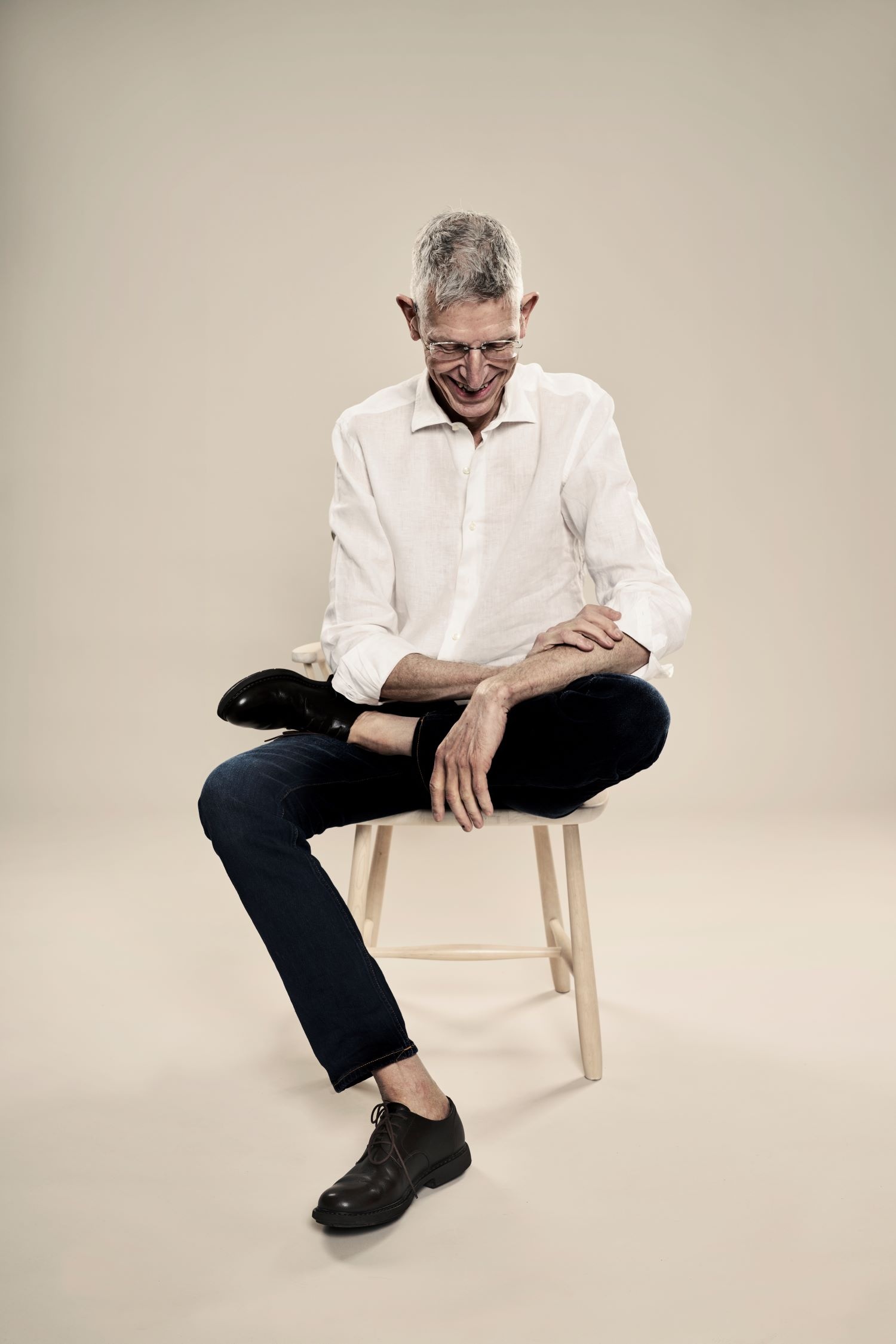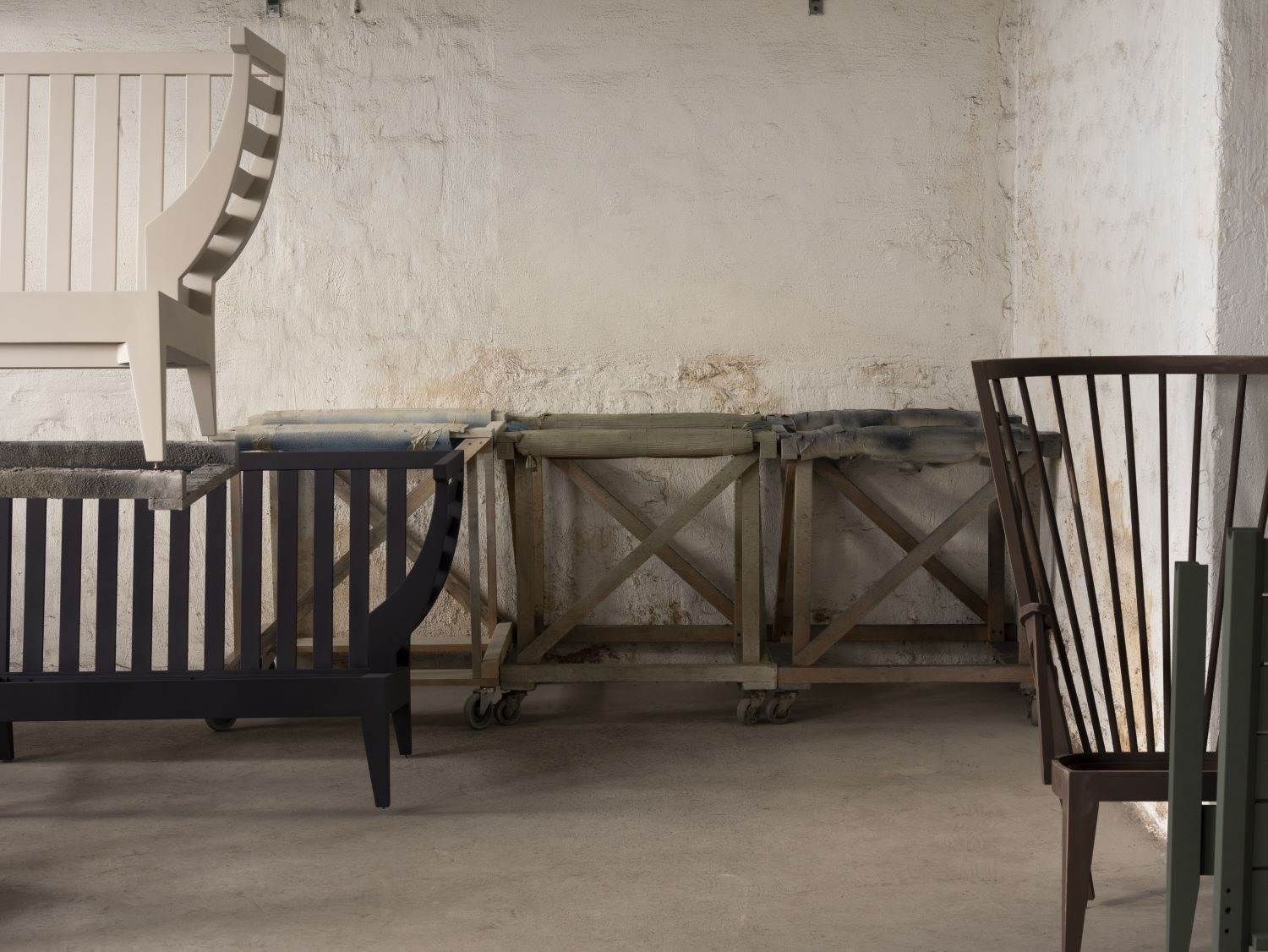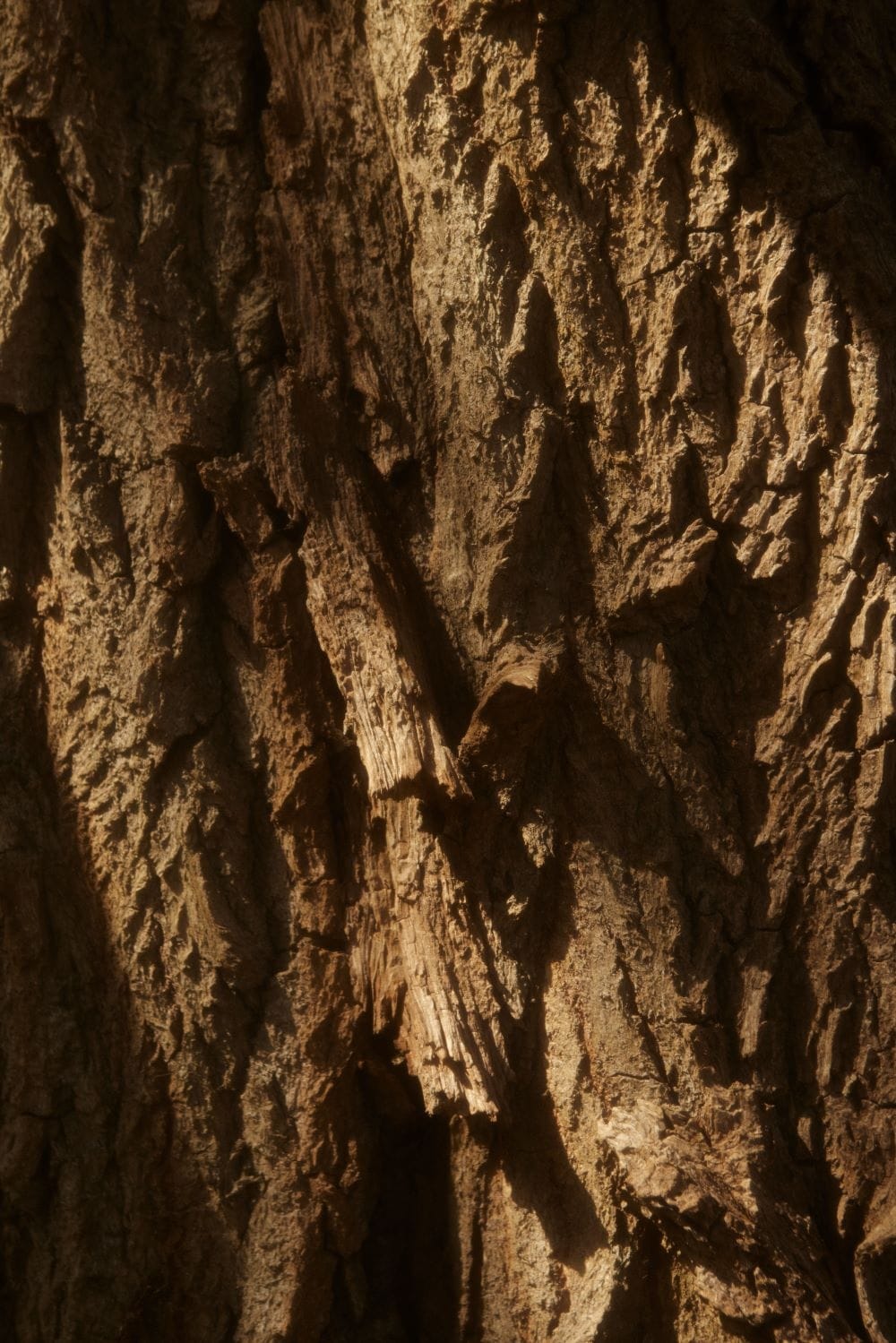September, 2019
Norrgavel's founder and designer Nirvan Richter has devoted considerable time since his student days to pondering what makes us feel good and how we can integrate circular thinking into interior design. Meet Nirvan Richter as he talks about pure content and the importance of highlighting photosynthesis in interior design. Here, he shares thoughts and reflections on the necessity and joy of surrounding ourselves with furniture and interior details made of natural materials. We shine the spotlight on the "other leg" in Norrgavel's values - the ecological.
How is the indoor environment affected by the material choices in Norrgavel's furniture?
– In my thesis after completing my architecture studies, I spent four years investigating why I felt more comfortable in old houses than in new ones. Why didn't I want to work in the environment that prevailed then? What qualities of a house made me feel good? I concluded that the effects of choosing an environment with natural materials create a completely different indoor climate.
When working with natural materials and open surface treatments - hygroscopic materials - it contributes to a pleasant indoor environment. Natural materials smell different. The sounds are different in natural materials. At Norrgavel, we say that natural materials are alive; they change and are therefore not lifeless. They often require a different approach for us to thrive with them. For example, you have to fluff up cushions made of natural materials and take care of painted surfaces so that they don't wear out too quickly. You need to be more alert and observant - there is quicker feedback with natural materials. It is easier to connect deeply with oneself in natural environments, as they exhibit qualities similar to our own cycle - birth, breath, skin, aging. In Zen Buddhism, one excels in working with the physical environment to sharpen the mind and thus achieve greater satisfaction here and now. There is no need to travel around the world; everything is within ourselves... We can find satisfaction inwardly instead of outwardly.
There's a difference between a Las Vegas environment and a zen bath - anyone can probably feel that difference in quality.




